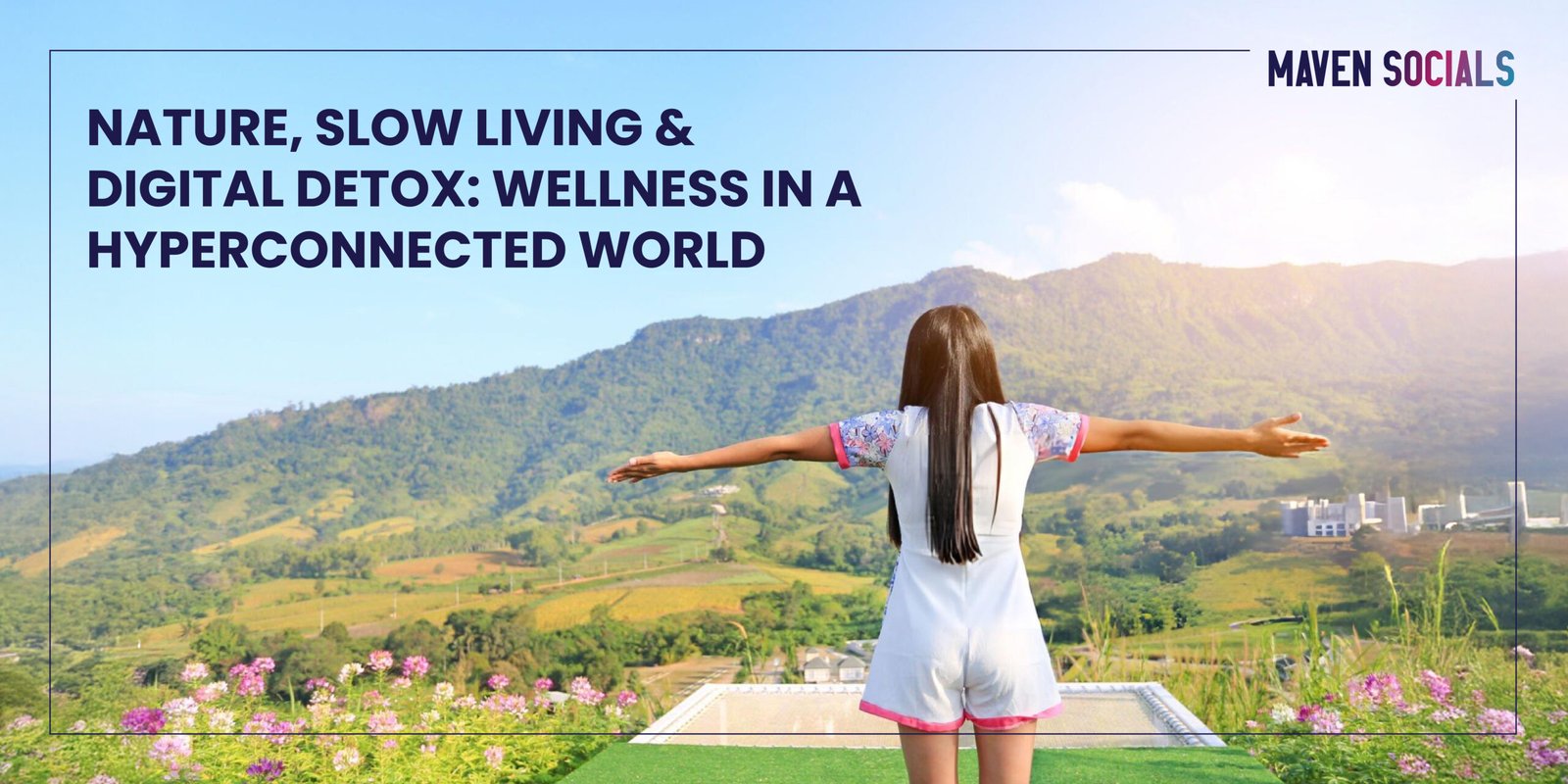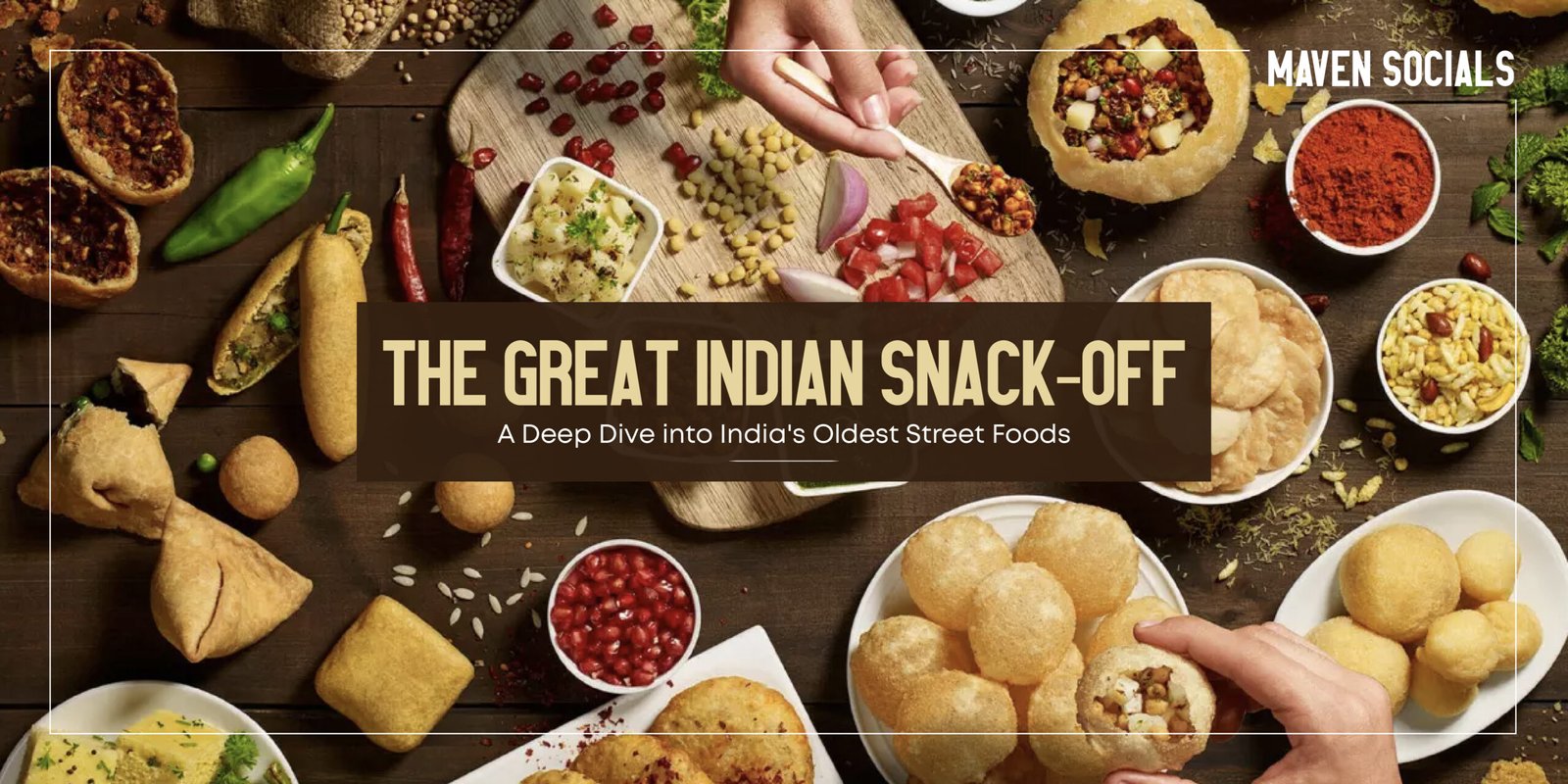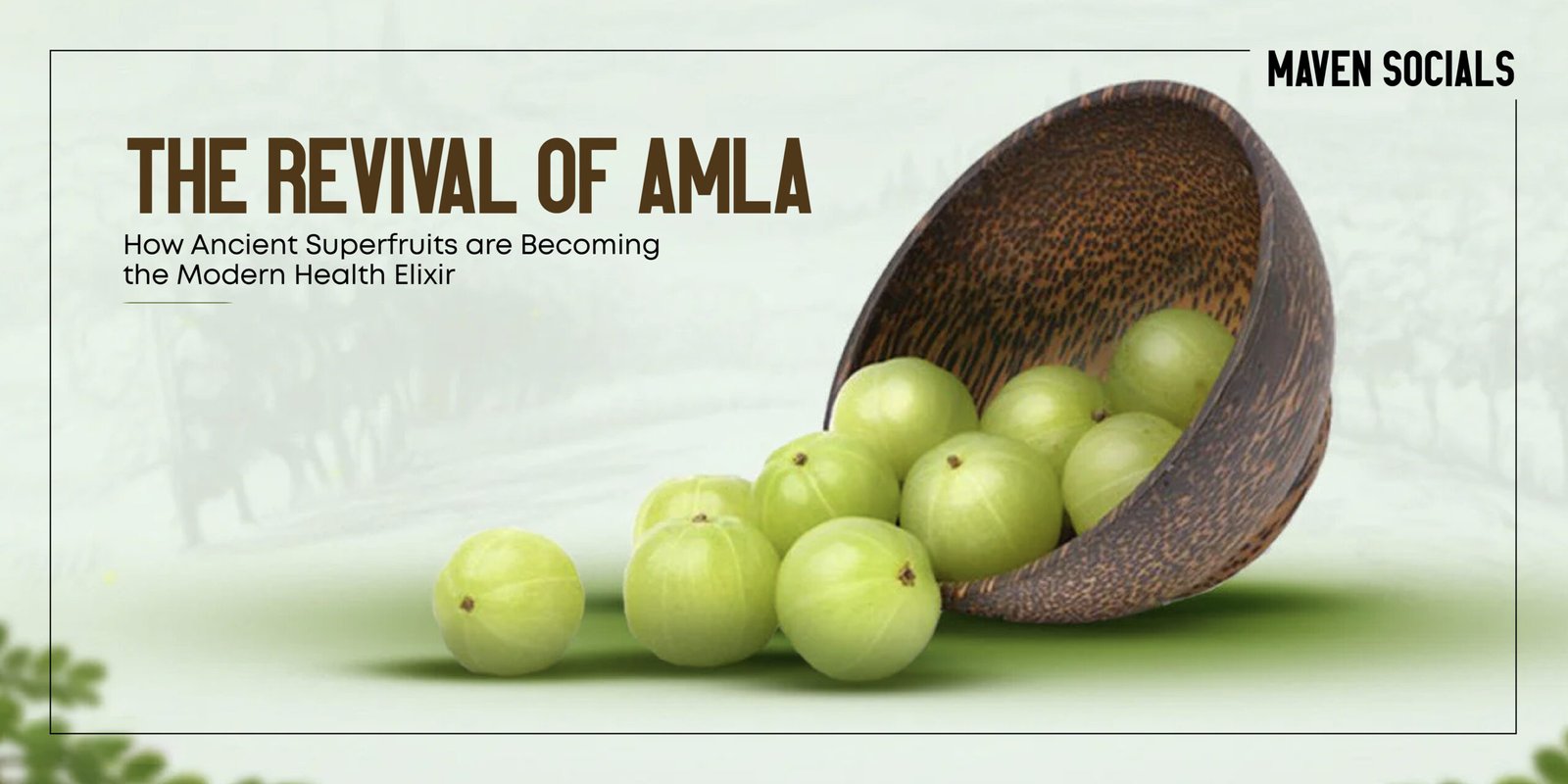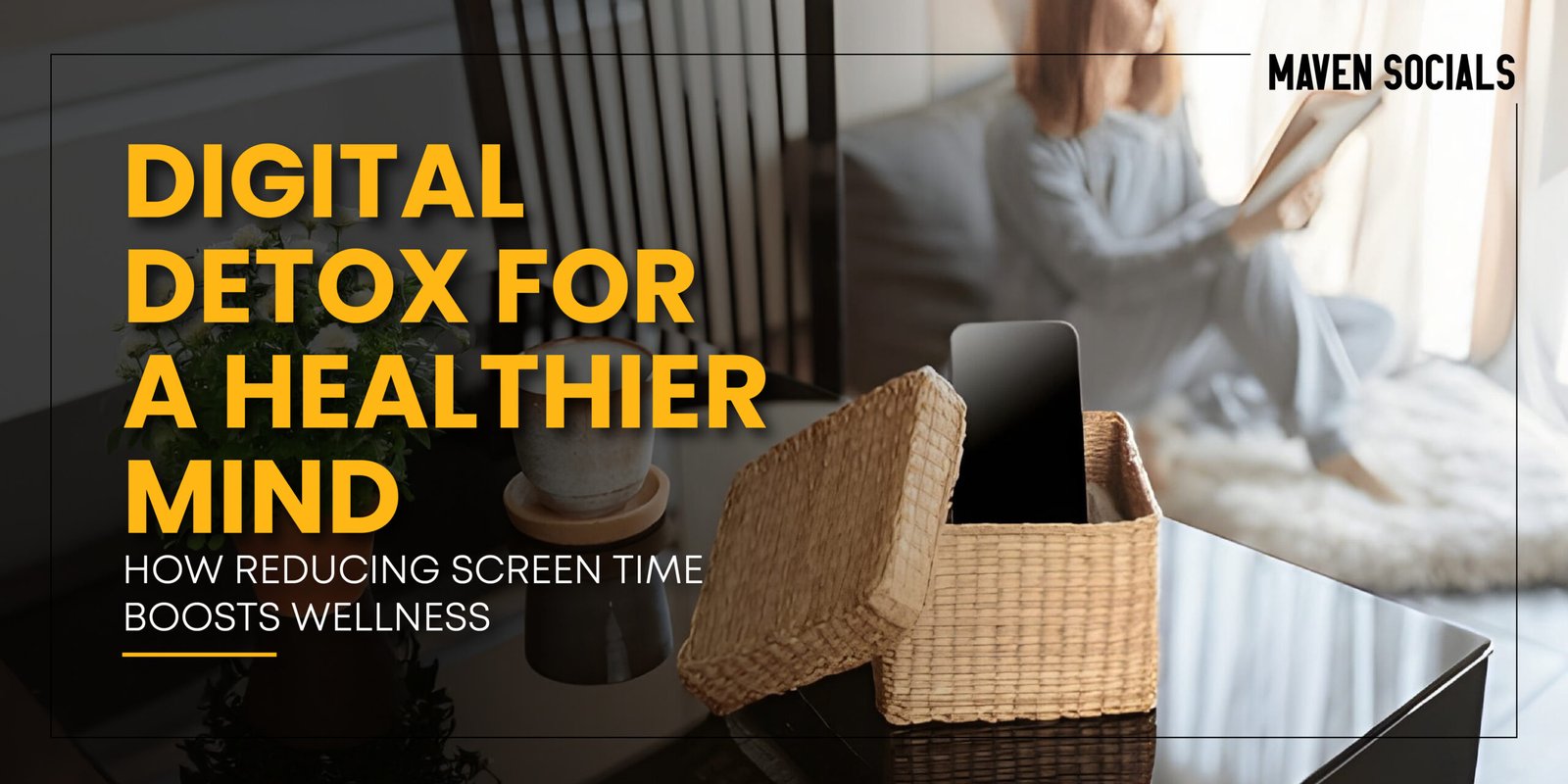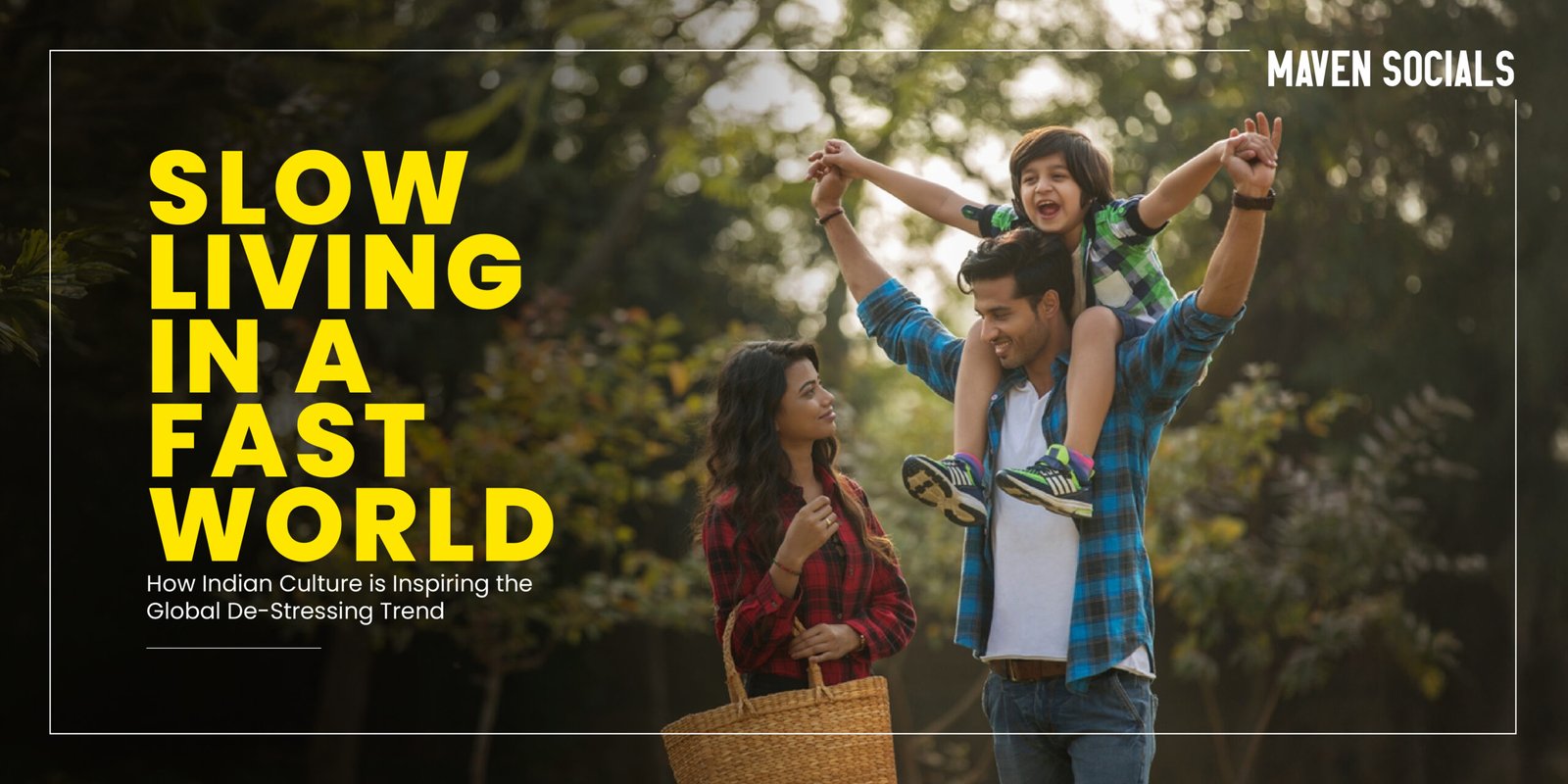If 2020–2024 taught us anything, it’s that “wellness” isn’t a single smoothie, step count, or spa day—it’s a living system shaped by culture, climate, community, and context. In 2025, healthy living is less about one-size-fits-all hacks and more about practices that feel local, sustainable, and meaningful. Here’s a world tour of the ideas shaping how we eat, move, sleep, connect, and find calm this year—plus practical ways to bring them into your life, wherever you are.
1) From Biohacking to Bio-harmonizing
The early 2020s were dominated by gadgets and self-optimization. In 2025, the pendulum swings toward bio-harmonizing: working with your body’s rhythms instead of against them.
- Circadian-first routines: Sunlight within an hour of waking, dim lights at night, meal timing synced to daylight.
- Nature as a “dosage”: Short, frequent nature microbreaks (a 10-minute park walk) replace long, rare escapes.
- Actionable tip: Try a 2–3 week “light audit.” Morning light, evening dimmers, and meals wrapped up at least 3 hours before bed. Journal sleep quality rather than obsessing over sleep scores.
2) Mental Fitness Becomes Social
Mental health support has moved from private apps to shared practice—clubs, circles, and community rituals.
- Community breathwork and cold exposure meetups are mainstream in cities from Copenhagen to Cape Town.
- Micro-rituals—gratitude circles at dinner, two-minute box-breathing before meetings—build collective resilience.
- Actionable tip: Start a weekly “mental reset” with friends: 10 minutes of breathwork, 15 of silent reading, 10 of stretching. Keep it phone-free.
3) Food as Culture, Not Just Fuel
“Functional foods” remain strong, but the wellness plate in 2025 looks as much like a grandmother’s recipe book as a lab report.
- Fermented classics (kimchi in Korea, idli/dosa batters in India, kefir in Eastern Europe, ogi in West Africa) rise as affordable microbiome heroes.
- Heritage grains—millets in India, teff in Ethiopia, amaranth in Latin America—anchor meals with fiber and minerals.
- Actionable tip: Commit to one fermented food daily (even a spoon of live yogurt) and one heritage grain swap per week.
4) Women’s Health, Whole-Life
Globally, women’s health is broadening beyond reproductive milestones to lifespan care.
- Cycle-aware training and nutrition reach gyms and workplace wellness.
- Perimenopause support (strength training, sleep routines, stress buffering) gains cultural visibility from London to Lagos.
- Actionable tip: Track energy, mood, sleep, and training response across your cycle or month. Adjust intensity rather than forcing sameness.
5) Men’s Health Gets Honest
Men’s health in 2025 is about open conversation—not quick fixes.
- Strength standards paired with mobility and heart health checkpoints.
- Peer accountability: small “health huddles” for blood pressure checks, mobility flows, and alcohol-free social time.
- Actionable tip: Form a monthly check-in with two friends: resting heart rate, blood pressure, a 2-minute mobility screen, and one shared active outing.
6) The Return of “Dumb Tech”
Wellness wearables aren’t disappearing, but many cultures are embracing friction and analog to create mindful space.
- Analog alarm clocks, paper journals, and offline reading anchor bedtime routines.
- Phone baskets, at cafés and homes encourage presence.
- Actionable tip: Pick one tech-free zone (bedroom, dinner table, commute) and protect it for 30 days.
7) Longevity for the Many, Not the Few
Longevity is shifting from exclusive protocols to public health basics done well.
- Strength + steps + sleep is the universal longevity starter pack.
- Intergenerational activity—walking groups with grandparents, community gardens, dance nights—builds healthspan and social glue.
- Actionable tip: Hit three anchors: a daily 30–45 minute walk, two strength sessions weekly, and a consistent sleep window.
8) Climate-Resilient Wellness
From heat waves to air quality shifts, wellness now includes environmental adaptability.
- Heat-smart schedules: Earlier workouts, shaded routes, electrolyte literacy.
- Indoor air rituals:Plants, ventilation checks, HEPA filters, and door mats (they capture surprising amounts of particulate).
- Actionable tips: Set three “weather backups”: an indoor mobility flow, a stair routine, and a 10-minute bodyweight circuit.
9) Alcohol-Lite, Culture-Heavy
The alcohol-free movement is now an identity with its own rituals.
- Zero-proof menus feature local botanicals: tamarind and kokum in India, rooibos and buchu in South Africa, calamansi in Southeast Asia.
- Social “third places” (book bars, board-game cafés) make connection the main event.
- Actionable tip: Host a rotating mocktail night. Invite guests to bring one favorite local herb, spice, or fruit.
10) The Rise of Micro-Recovery
Recovery isn’t just foam rollers—it’s energy management in minutes.
- 3–5 minute breath breaks between meetings, micro-naps, and contrast showers after intense sessions.
- Mobility “snacks” at work: 10 squats, 10 hip hinges, 10 wall slides, every 90 minutes.
- Actionable tip: Pair tasks with micro-recovery. After deep work, 4–7–8 breathing + short walk before you open another tab.
Regional Snapshots: What “Healthy” Looks Like Around the World
India & South Asia: Heritage Meets High-Tech
- Millets, ghee in moderation, and Ayurvedic routines (oil pulling, abhyanga) coexist with strength training and running clubs.
- Community yoga and festival fasting become mindful reset periods, not just tradition.
- Try this: A weekly “satvik day” (simple whole foods, no ultra-processing) + one strength session and a sundown walk.
Japan & East Asia: Graceful Longevity
- Hara hachi bu (stop at 80% fullness) inspires global mindful eating.
- Low-intensity daily movement—walking, cycling, housework—is treated as real exercise.
- Try this: Put chopsticks down between bites; finish dinners slightly unsatiated and take a 10-minute stroll.
The Nordics: Design for Well-Being
- Hygge (coziness) and friluftsliv (open-air life) inform home and city design.
- Sauna culture + cold dips spread worldwide for mood and recovery.
- Try this: One weekly heat session (hot bath or sauna) and a cool rinse; end your shower with 30 seconds cooler water.
Mediterranean: Social Health as Medicine
- Long, shared meals, legumes, olive oil, and daily walking protect hearts and minds.
- Try this: Make lunch your main meal twice a week and take a post-meal walk with a friend.
Middle East: Ritual, Rhythm, and Renewal
- Fasting traditions inspire time-restricted eating approaches with community support.
- Date-based snacks, tahini, and pulses power balanced plates.
- Try this: Align your heaviest meal with daytime; keep nights lighter for sleep quality.
Sub-Saharan Africa: Communal Movement & Whole Foods
- Dance, sport, and market walking double as exercise and social connection.
- Sorghum, teff, cassava, leafy stews deliver fiber-rich fuel.
- Try this: Turn one social catch-up per week into dance or a pickup game.
Latin America: Joyful Metabolism
- Beans, corn, squash, tropical fruits, and cacao form vibrant, nutrient-dense bases.
- Salsa and samba bolster cardiovascular fitness with celebration.
- Try this: Build a “bean bowl” lunch three times a week and add one dance night.
North America: Strength + Mental Fitness
- Zone 2 cardio and compound lifts pair with therapy and mindfulness at work.
- Sober-curious and ultra-processed food awareness reshape grocery carts.
- Try this: Two full-body lifts, one long easy cardio session, and one therapy/peer support meeting—every week.
Western Europe & UK: Walkable Health
- Active transport, farmers’ markets, and sleep culture frame daily wellness.
- Try this: Aim for 8–10k steps through errands and commuting rather than gym-only steps.
Travel & Hospitality: Wellness Everywhere You Go
Travel in 2025 blends cultural immersion with restorative routines.
- Wellness city guides: sunrise viewpoints, quiet cafés for journaling, best local fermented foods, and car-free walking routes.
- Sleep-first stays: blackout curtains, pillow menus, and circadian-friendly lighting become selection criteria.
- Actionable tip: Pack a “wellness kit”—eye mask, earplugs, resistance band, magnesium-rich snacks, and a tiny notebook.
Workplace Wellness 2.0: Human-Centered, Not Perk-Centered
Companies move beyond freebies to systems that reduce burnout.
- Meeting hygiene (shorter, fewer, clearer), focus blocks, and manager training in psychological safety.
- Movement prompts and walking one-on-ones build energy without adding time.
- Actionable tip: Set two no-meeting windows weekly. Stack them right after lunch for a digestion walk + deep work.
Spirituality & Meaning: The Deep Work of Well-Being
Around the globe, wellness is reconnecting with purpose, ritual, and service.
- Micro-sabbaths—a few screen-free hours—anchor the week.
- Volunteering and skill-sharing count as emotional fitness: helping others improves mood and resilience.
- Actionable tip: Choose one weekly ritual (sunrise tea, candle at dusk, gratitude note) and defend it like a meeting.
How to Build Your 2025 Wellness—Your Way
- 1. Pick anchors, not trends. Sleep window, daily walk, two strength sessions—non-negotiables before extras.
- 2. Localize it. Choose foods, movement, and rituals your region already does well. Wellness sticks when it tastes like home.
- 3. Make it social. Invite a friend to your walk, breath break, or market run. Health loves company.
- 4. Track feelings, not just numbers. Energy, mood, and connection are key performance indicators.
- 5. Design your environment. Put fruit on the counter, shoes by the door, a book by the bed, and your phone somewhere else.
A 7-Day, Culture-Curious Starter Plan
- Day 1 (Nordic): Evening heat session + cool rinse, candlelit reading before bed.
- Day 2 (Mediterranean): Legume-heavy lunch, 20-minute social walk after.
- Day 3 (East Asia): Hara hachi bu dinner, 10-minute mindful stroll.
- Day 4 (South Asia): Millet or lentil bowl, 10-minute morning sun + pranayama.
- Day 5 (Latin America): Dance workout or class; cacao and fruit for dessert.
- Day 6 (Sub-Saharan Africa): Market walk for steps and produce; leafy stew.
- Day 7 (Middle East): Earlier main meal, evening light fast; gratitude circle with family.
The Takeaway
In 2025, global wellness is less about chasing the newest gadget and more about rediscovering what cultures have practiced for centuries—then blending it with modern science and everyday practicality. Whether it’s fermented foods and family tables, sunrise walks and strength training, or shared breath and screen-free evenings, the healthiest habits this year are humble, human, and close to home. Start small. Stay curious. Borrow from everywhere—and let your version of healthy living feel unmistakably like you.


